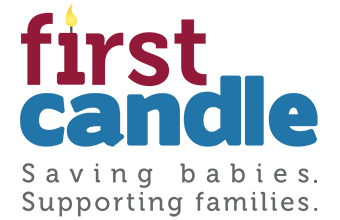In 2016 the American Academy of Pediatrics developed expanded Safe Sleep guidelines to reduce the rate of Sudden Infant Death Syndrome and other sleep-related infant deaths. They include the following:
- Infants should share a bedroom with parents, but not the same sleeping surface, preferably until the baby turns 1 but at least for the first six months. Room-sharing decreases the risk of SIDS as much as 50 percent.
- An infant should be placed on his or her back on a firm sleep surface such as a crib or bassinet with a tight-fitting sheet. The crib should be otherwise bare.
- Avoid soft bedding, including crib bumpers, blankets, pillows and soft toys. While infants are at heightened risk for SIDS between the ages of 1 and 4 months, new evidence shows that soft bedding continues to pose hazards for babies at age 4 months and older.
- Breastfeeding is associated with a reduced risk of SIDS. If possible, mothers should breastfeed exclusively or feed with expressed milk for at least 6 months.
- Skin-to-skin care is recommended for all mothers and newborns, immediately following birth, for at least an hour, provided that the mother is awake and medically stable.
- Home monitors or commercial devices, including wedges or positioners, marketed to reduce the risk of SIDS should not be used. Similarly, while there are now Consumer Product Safety Commission safety standards for bedside sleepers, and no safety standards for in-bed sleepers, the AAP cannot make a definitive recommendation for or against either product.
- Infants should never be left to sleep on sofas, armchairs or in sitting devices.
In addition to new guidelines, the AAP maintains the following recommendations to reduce the risk of SIDS and suffocation:
- Avoid baby’s exposure to smoke, alcohol and illicit drugs.
- Offer a pacifier at nap time and bed time as soon as breastfeeding is established.
- Give baby supervised, awake tummy time daily to help strengthen neck, arm and shoulders muscles.
Educating new and expecting parents on maternal health, safe sleep guidelines, the benefits of breastfeeding and other SIDS risk reduction measures is at the heart of what we do. We do this through direct engagement with them but also training community supporters and third-party advocates/professionals which includes:
- Hospital staff, nurses, community health providers and public health nurses
- Daycare providers
- High School administrators (to address teen moms)
- Grandparents and other family members
- Community leaders including clergy, social service agencies and support service providers.
- Retailers (who have an opportunity to engage with new and expecting parents.)

